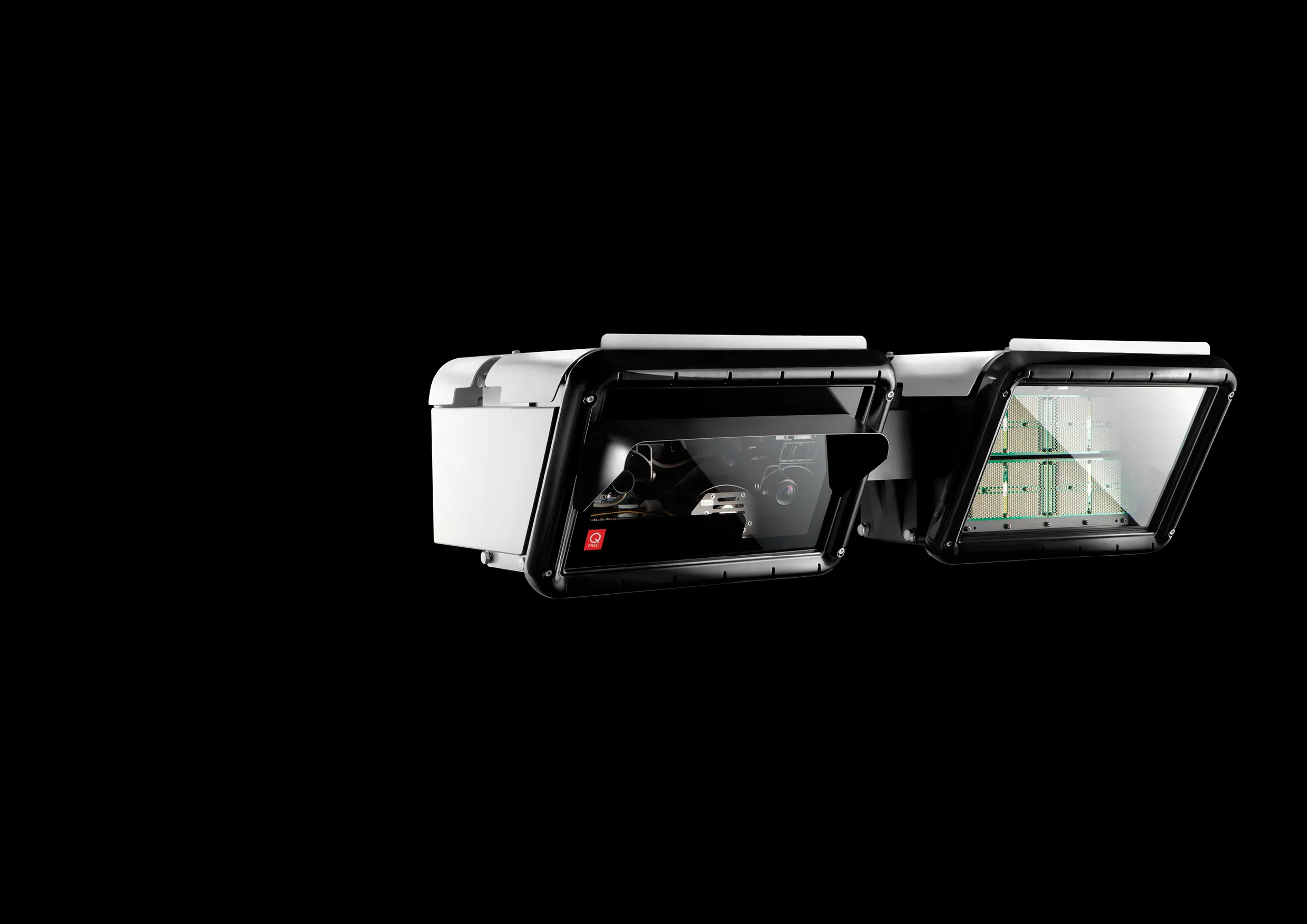Telvent GIT has been selected by the North East Texas Regional Mobility Authority (NET RMA) to integrate an electronic toll collection (ETC) system in northeast Texas. The company’s advanced SmartMobility Open Road Tolling technology, which integrates into the existing toll system, will be used to implement and manage the NET RMA ETC system. The ETC system provides drivers with the convenience of travelling at free-flow, highway speeds, for increased throughput, and decreased green house gas (GHG) emissions
April 24, 2012
Read time: 2 mins
The ETC system provides drivers with the convenience of travelling at free-flow, highway speeds, for increased throughput, and decreased green house gas (GHG) emissions caused by stop and go traffic. The Telvent SmartMobility Remote Operations & Maintenance System (ROMS) monitors every aspect of the system, providing real-time notifications of the health of the system and maintenance tasks. This ensures toll operators of maximum system reliability and availability to customers.
The partnership with NET RMA enhances Telvent’s role in the North American tolling industry. NET RMA is a regional entity that studies, designs and expands transportation projects in the 12 county area of Northeast Texas. Its primary project is connecting the cities of Tyler, Longview and Marshall through Toll 49, a proposed corridor. Telvent will implement the cashless ETC system along Toll 49, automatically collecting fares through sensors that detect tags provided to drivers and process the payment. Video processing will also be implemented to detect license plates and send invoices to drivers without vehicle toll tags.








